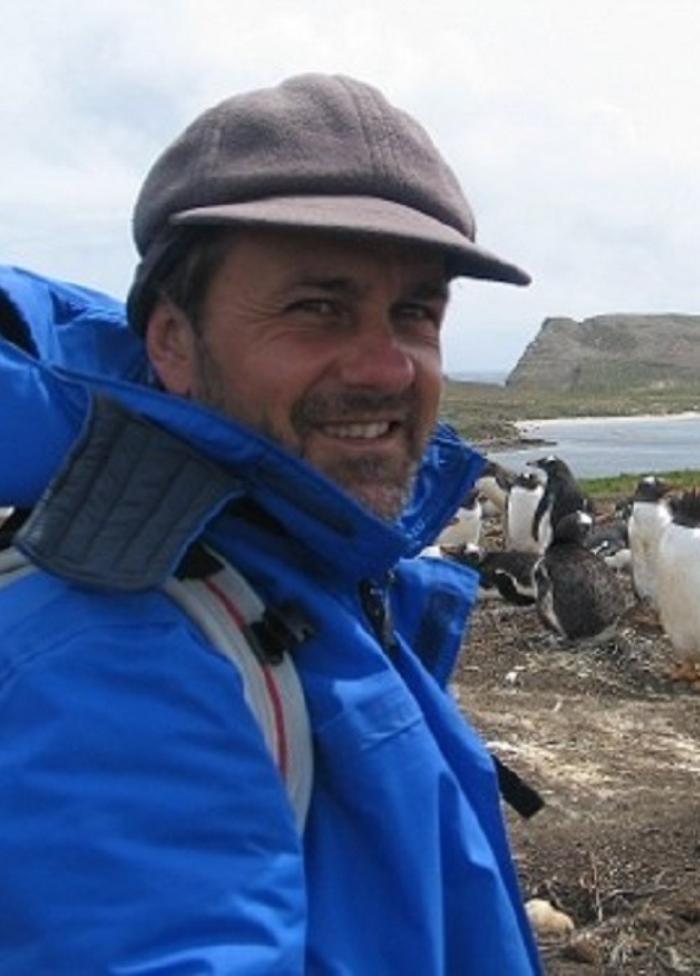Our group investigates the ecological and evolutionary processes by which individuals adapt to local environments and cope with global changes, ultimately aiming to identify management actions that can halt biodiversity loss.
We have a strong focus on spatial and movement ecology of birds, and an important goal is to understand determinants of migratory strategies and quantify migratory connectivity. We investigate the main drivers of spatial distribution and movements of birds to predict the likely impacts of global changes in their ecology. Many species of birds (and other taxa) are highly mobile, and many are long-distance migrants and, therefore, we are interested in identifying geopolitical responsibilities for their effective conservation. Coastal and oceanic birds are the most used research models, and we aim to unveil their role as sentinels of environmental change in aquatic and marine ecosystems. Human activities are leading to habitat fragmentation and population declines in many bird species, altering connectivity patterns and promoting the isolation of populations.
It is also our goal to assess population genetic diversity and connectivity between populations in terms of actual individual movement and in realized movement (through gene flow analyses), which can provide important information for the conservation of marine bird populations, many of which are highly threatened.
The group is also highly committed to the UN2030 goal of "Reconciling agriculture with biodiversity conservation". Our research aims to investigate the functional equivalence and connectivity between natural and agricultural habitats for birds and determine whether agricultural areas (e.g. rice fields) constitute an alternative habitat for waterbird assemblages. By quantifying the magnitude of human-wildlife conflicts in agricultural habitats, we will inform management options promoting agriculture and nature conservation alike.

![/uploads/subcanais2/banners-novo-site-ce3c-15[1].png /uploads/subcanais2/banners-novo-site-ce3c-15[1].png](/uploads/subcanais2/banners-novo-site-ce3c-15[1].png)







